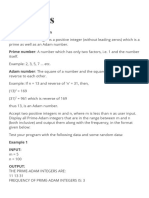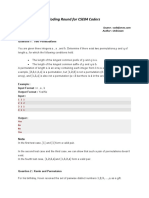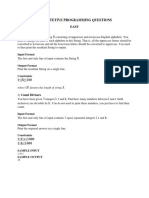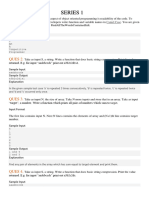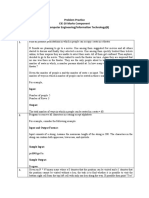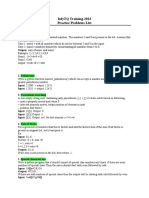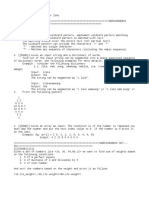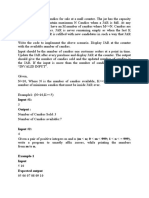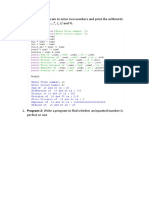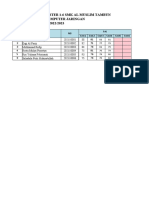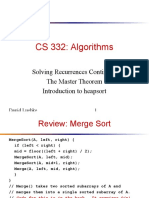0% found this document useful (0 votes)
44 views22 pagesPrepinsta Coding Interview
The document presents a series of coding problems, each with a specific problem statement, input format, and output requirements. The problems cover various topics such as array manipulation, palindrome detection, permutations, and game strategies involving matrix operations. Each problem includes examples to illustrate the expected input and output, along with constraints and explanations.
Uploaded by
Naveena PeramCopyright
© © All Rights Reserved
We take content rights seriously. If you suspect this is your content, claim it here.
Available Formats
Download as DOCX, PDF, TXT or read online on Scribd
0% found this document useful (0 votes)
44 views22 pagesPrepinsta Coding Interview
The document presents a series of coding problems, each with a specific problem statement, input format, and output requirements. The problems cover various topics such as array manipulation, palindrome detection, permutations, and game strategies involving matrix operations. Each problem includes examples to illustrate the expected input and output, along with constraints and explanations.
Uploaded by
Naveena PeramCopyright
© © All Rights Reserved
We take content rights seriously. If you suspect this is your content, claim it here.
Available Formats
Download as DOCX, PDF, TXT or read online on Scribd
/ 22








